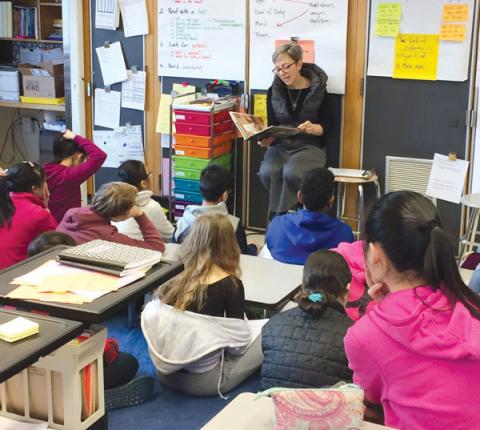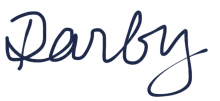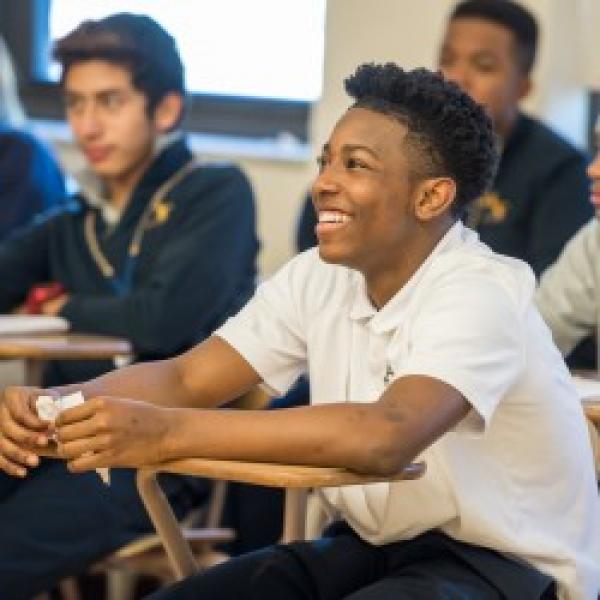Picture Books Matter: Strategies for Using Picture Books at Every Age Part 2 of 2
Whether you are a parent reading at home with your young child or a teacher trying to engage a 12th-grade class, picture books matter. Picture books' tactlessness, their glossy covers, and bright pictures beg to be opened, to be read, but also to be experienced. Years after my father read to me before bed (see Part 1 of the blog), I am more clearly able to see that my dad, through picture books, was sharing with me the gift of time, attention, and story. Embedded in these gifts, though, was also a lesson about the act of reading itself. The ways by which picture books invite and support reader engagement speak to the dynamism and complexity of reading while simultaneously distilling for parents, teachers, and students the structures, dispositions, skills, and literary elements that converge in that magical moment of cracking open a book.
In Part 2 of this post, the CLE shares strategies for engaging older children with picture books. Read on to learn how to incorporate the magic of picture books in secondary classrooms.

By the time students reach middle school, their classes are often comprised of students with a wide range of reading levels. One way to reach all students is to model or narrate aloud a particular reading skill with a picture book, and then split students into leveled groups and ask them to practice the skill with a text that is appropriately challenging.

Like the interactive read alouds for early grades, it is important to plan ahead to be effective. First, a teacher should decide which reading skill he wants to convey. Then, he should choose a text that lends itself to that skill. For example, I knew I needed to teach my sixth graders how to analyze indirect characterization in a text, so I selected the book The Last Stop on Market Street by Matt de la Pena. The text never says anything explicit about the grandmother's character's personality, but her traits can be readily inferred. I read the book aloud with the whole class and showed them how to use a STEAL chart to deduce the grandmother's character traits, and then gave groups different texts according to their reading level to practice the skill.
*Pro-tip for a big class: you can find great recordings of read alouds on YouTube. Project and play these so that the whole class can see the picture book illustrations and you can easily pause to narrate your thoughts.
More resources:
- "Using Picture Books to Practice Literacy Skills" from the Teaching Channel
- Pernille Ripp's teacher blog
- "Never Too Old: Embracing Picture Books To Teach Older Students"(photo credit to IS 289 Middle School)

Picture books often contain plot and text elements that are included in longer, more complex stories. They can be microcosmic examples of a broader genre or story pattern. For example, if a high school teacher wants students to understand the Freytag's Pyramid plot structure, she might read her high schoolers Chachaji's Cup by Uma Krishnaswami, a picture book that follows that story arc. On her blog "Used Books in Class, "Connecticut-based curriculum coordinator Collette Marie Bennett suggests using David Weisner's Tuesday to familiarize students with elements of the hero's journey. Once students can chart plot structures and identify features of these stories, they can apply these analytical skills to longer, more complex texts.
Similarly, teachers can use nonfiction picture books as mentor texts to teach writing, as the Common Core standards heavily emphasize the importance of nonfiction texts. In "Picture Books Aren't Just for Kids! Modeling Text Structures through Nonfiction Mentor Books,"  Tracey S. Hodges and Sharon D. Matthews offer several picture book titles appropriate for modeling five different text structures as well as pedagogical steps for implementing this strategy.
Tracey S. Hodges and Sharon D. Matthews offer several picture book titles appropriate for modeling five different text structures as well as pedagogical steps for implementing this strategy.
More resources:
- Picture Books for High School (They're Not in Kindergarten Any More!)
- Picture Books with Secondary Students
- Read Write Think's Picture Books that Illustrate Strong Plot Development and Conflict Resolution
Happy Reading,

